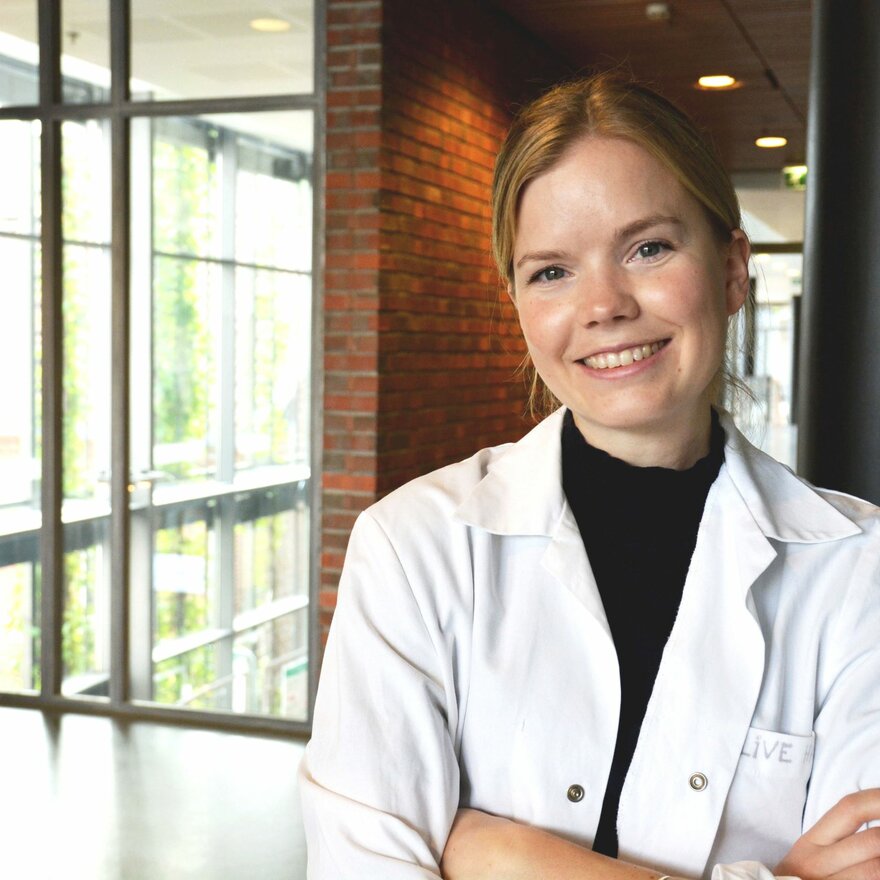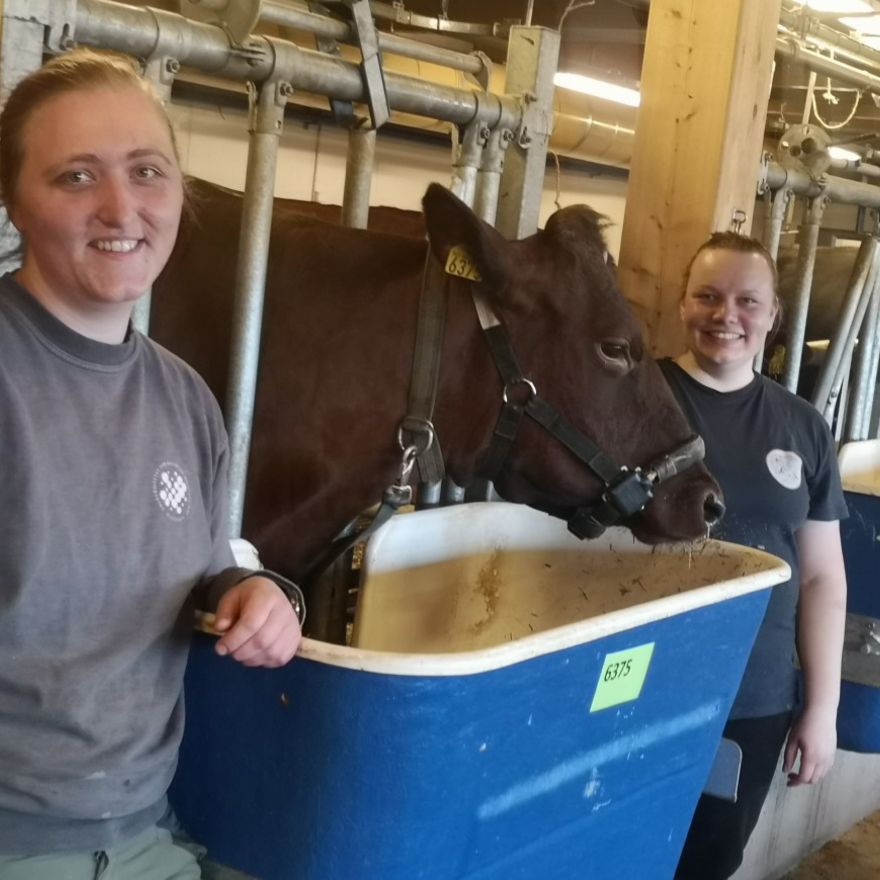Background
Goals
Researchers
Project timeline
Dec 2022
Paper published; a study on sample collection sites
Aug 2022
SeaCow in Lausanne
Alessandra presents SeaCow in a poster session at ISME, a prestigious microbiome conference
May 2022
Research stay at partner in DK
Alessandra visits Mads Albertsen's Lab, Aalborg University to learn Nanopore sequencing from the experts!
Feb 2021
MSc Katrine finalize her master thesis
Nailing it!
2021
Data analysis ongoing...
01 Mar 2021
Feeding trials
10 Aug 2020
Seaweed collected in Portugal
01 Jul 2020
Project start

Hva skjer egentlig i magen på kua når den produserer metan?
Når kua fordøyer gresset den spiser, produseres metangass i vommen. Men hva skjer egentlig i kumagen? Og er det noe vi kan gjøre for å redusere metanproduksjonen? NMBU-forskere er i gang med å undersøke nettopp dette.

Master students have important roles during the feeding trials.
The two master students Katrine S. Eikanger (left) and Emma Nyløy (right) have had important roles in the feeding trial. Katrine in the planning of the trial design and analysing methane, milk and performance data, and Emma in looking at the ruminating behaviour of seaweed-eating cows.
